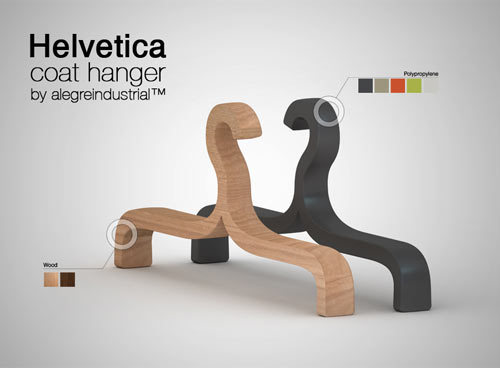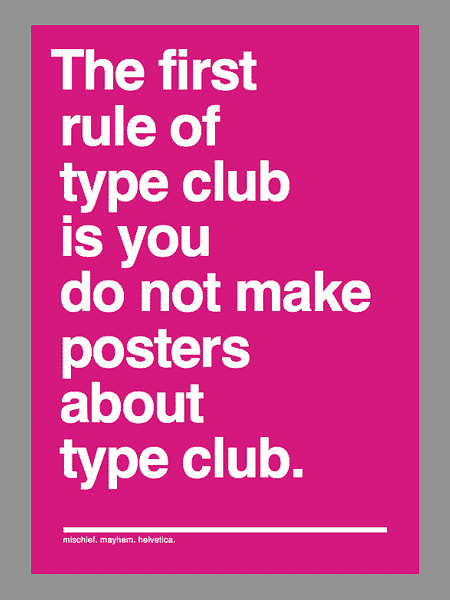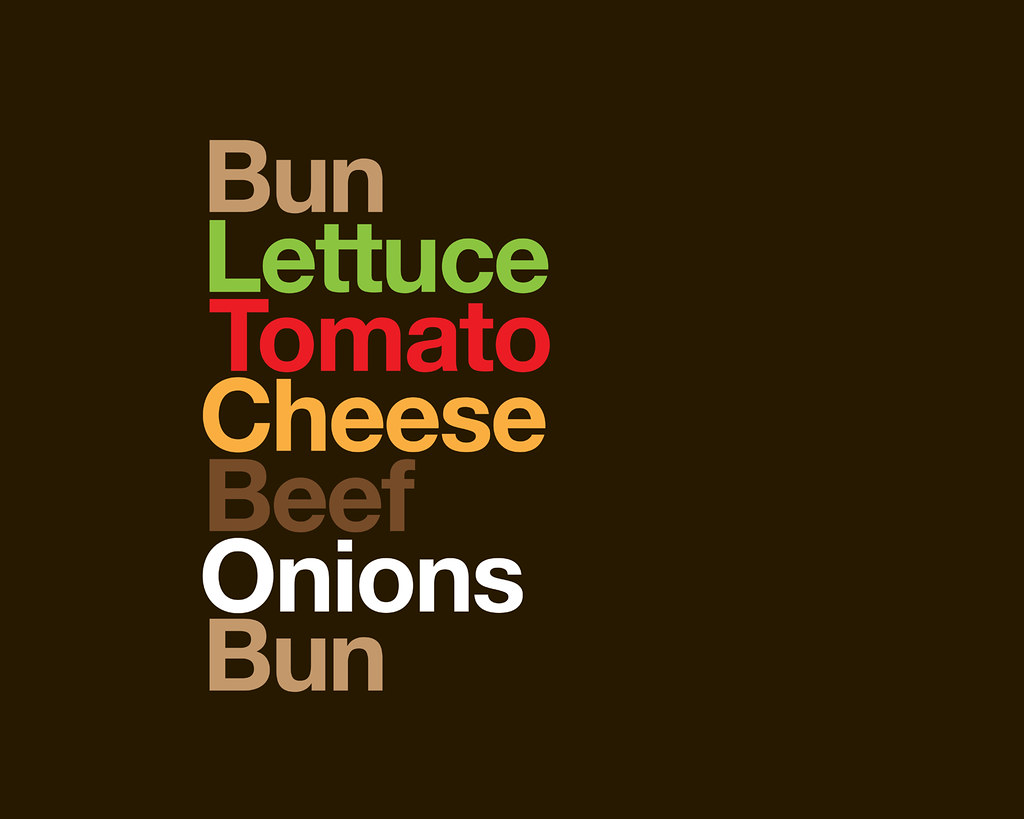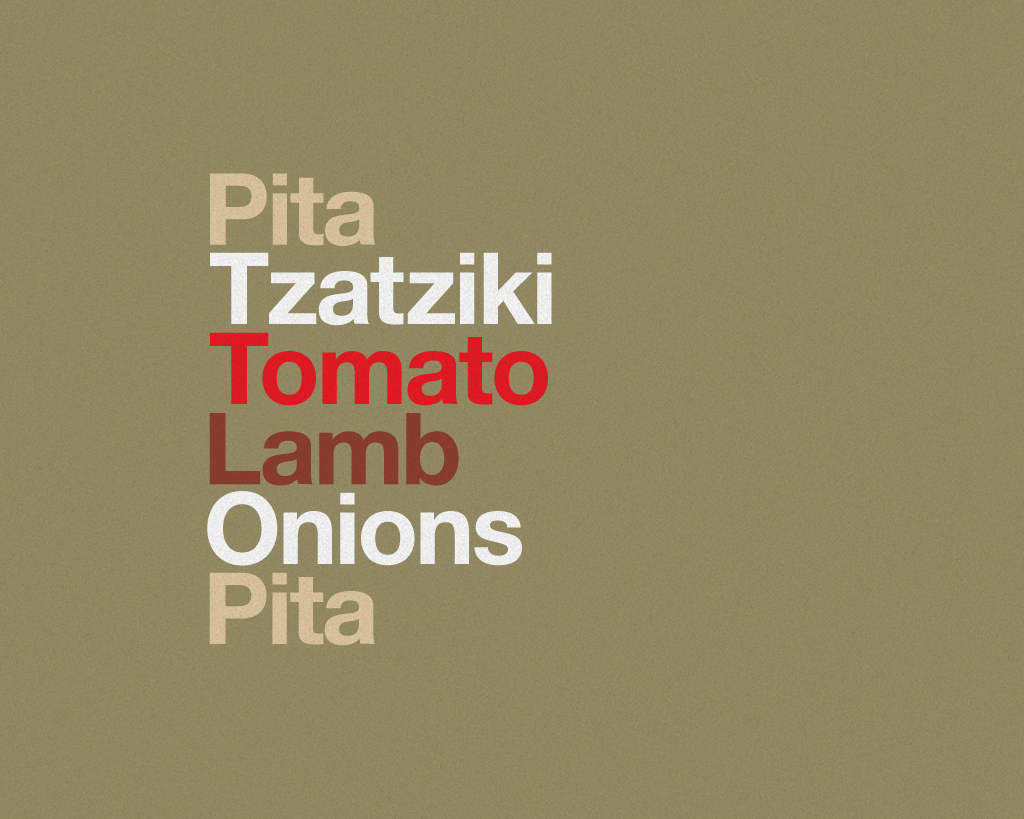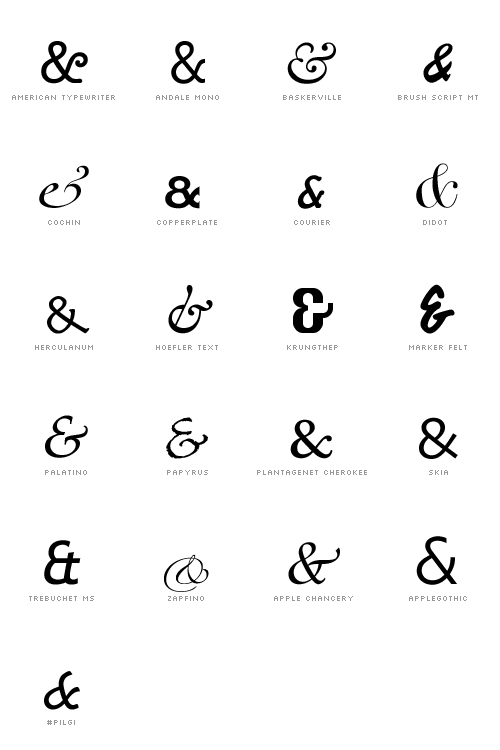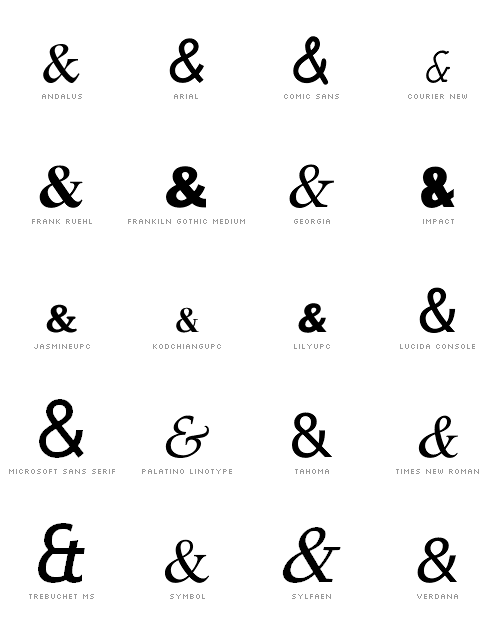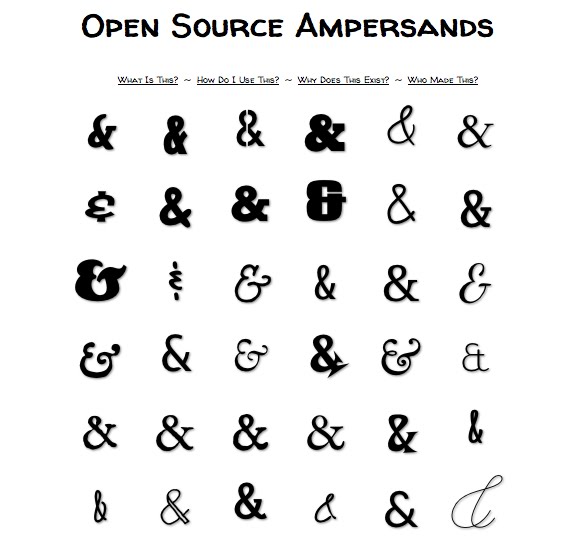Here’s a cool video about font maestros Hoefler and Frere-Jones. It’s a nice look at what goes into the making of a typeface.
I love this quote.
“I thought going into this that it would be very hard to defend the need for new typefaces. They seem like an extravagance. A vanity. What I’ve discovered in practice is that most typefaces don’t work perfectly well with different types of content out in the world, and the need to speak in different ways… I think there’ll always be a need for new typefaces.”






